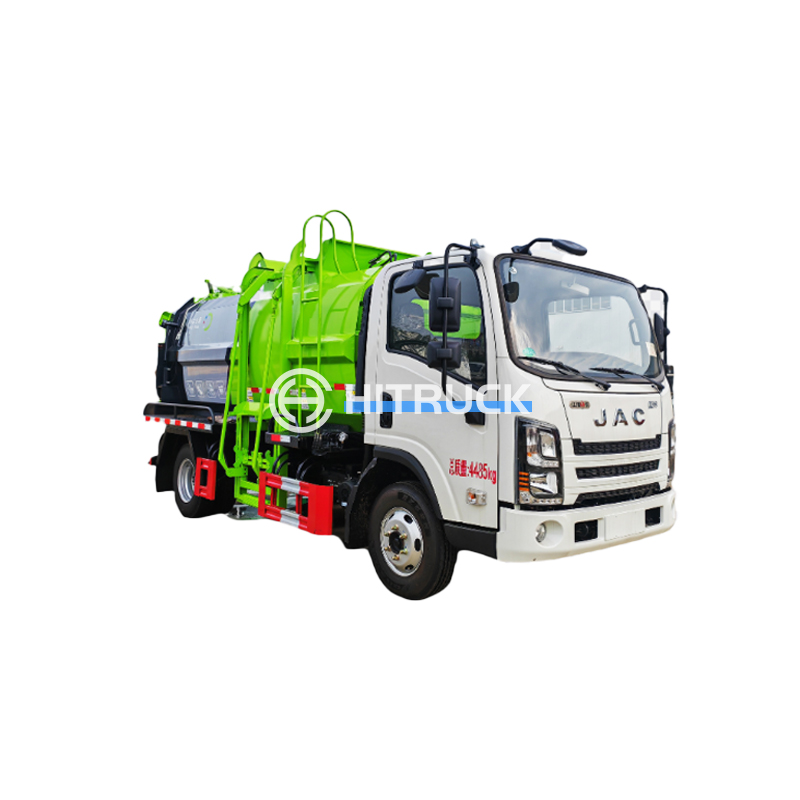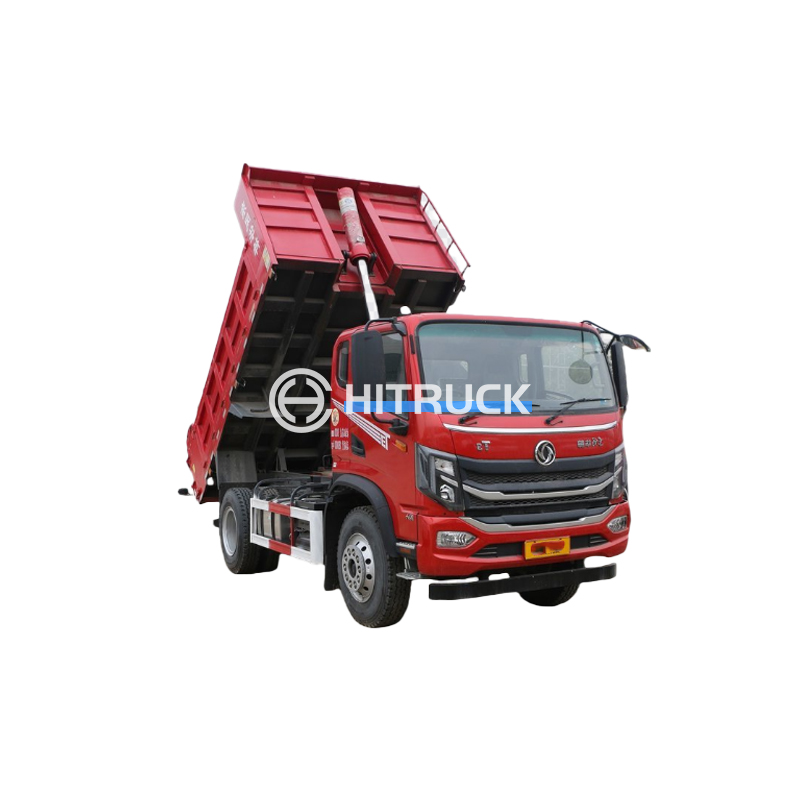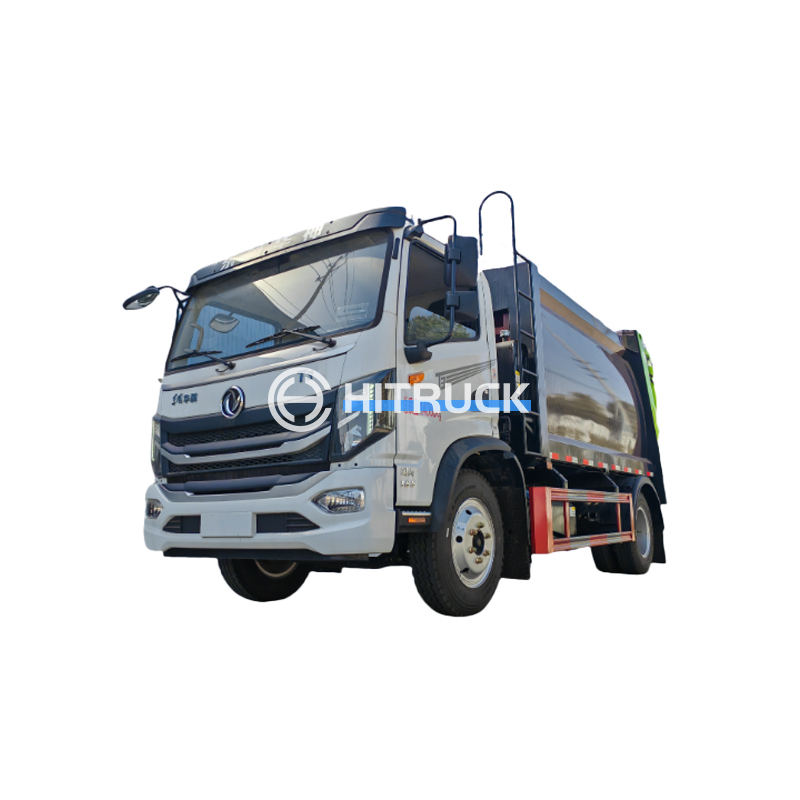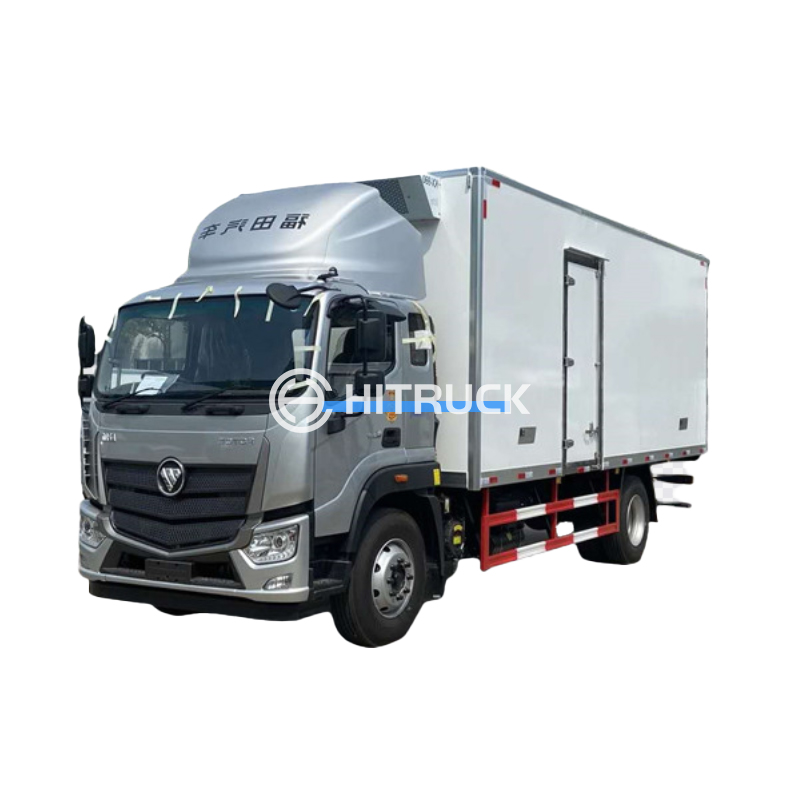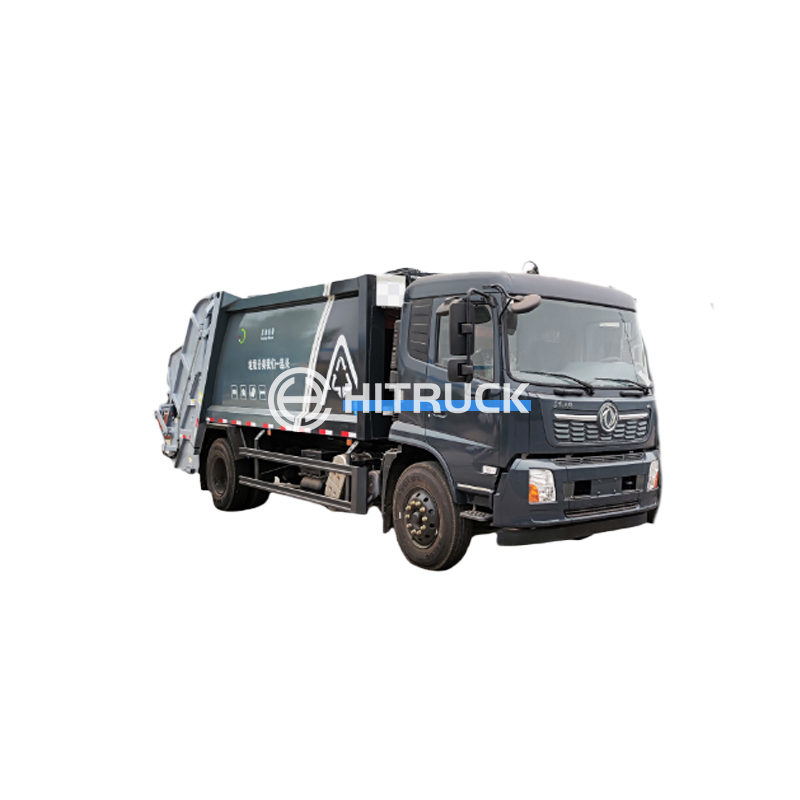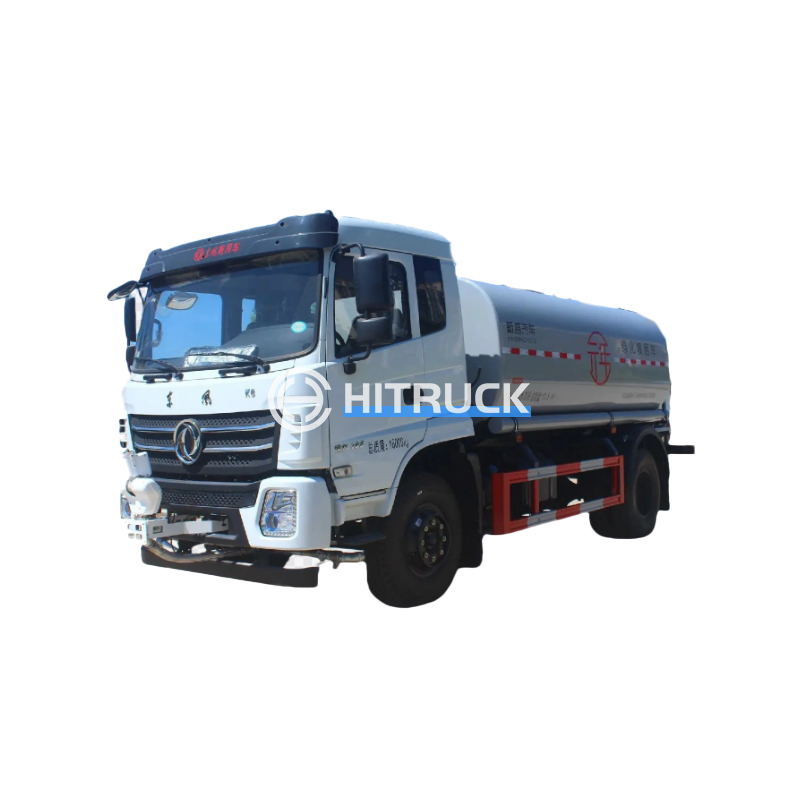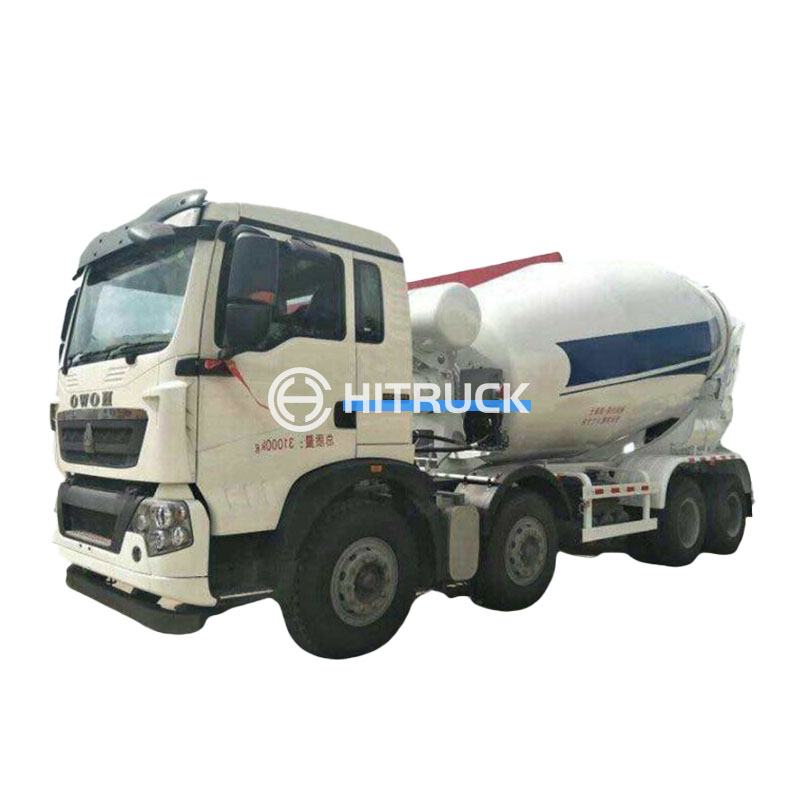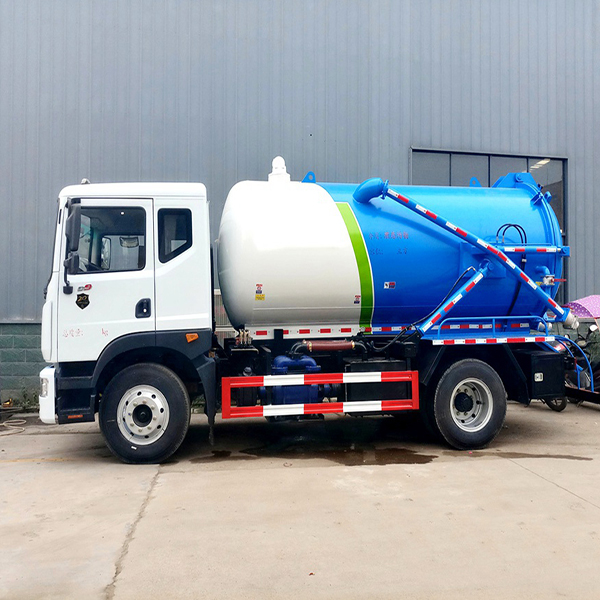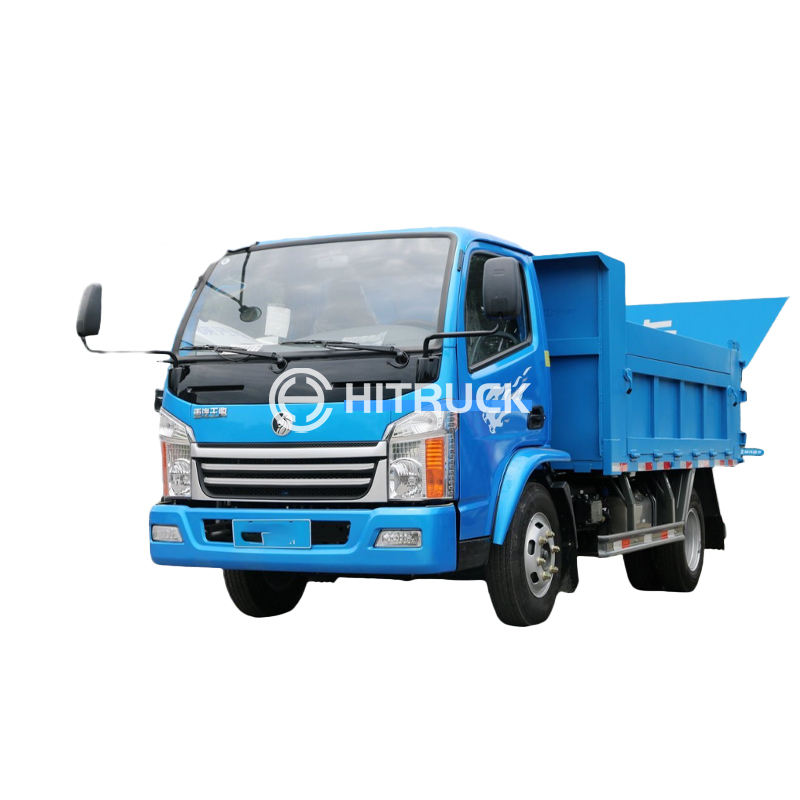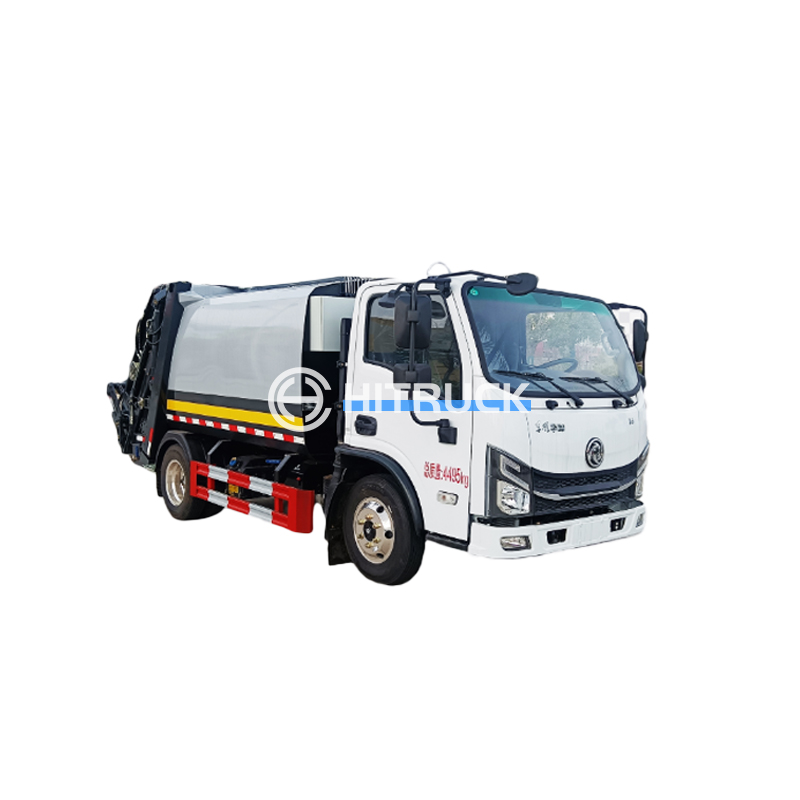This guide provides a comprehensive overview of portable tower cranes, helping you select the ideal model for your specific construction needs. We'll cover key features, considerations for different project types, and crucial factors to ensure safety and efficiency. Learn about capacity, reach, setup, and maintenance to make informed decisions.
Portable tower cranes are self-erecting cranes designed for ease of transport and setup. Unlike larger, permanently installed tower cranes, these smaller, more mobile units are ideal for projects with limited space or requiring frequent relocation. They offer a cost-effective solution for lifting and placing materials on construction sites of varying sizes.
The market offers a diverse range of portable tower cranes, categorized by factors such as lifting capacity, jib length, and erection method. Some common types include:
The lifting capacity, measured in tons or kilograms, is a crucial factor. Choose a crane that comfortably exceeds the weight of the heaviest load you anticipate. Always account for potential variations and safety margins.
The jib length determines the horizontal reach of the crane. Consider the dimensions of your worksite and the distances between the crane base and the furthest point requiring material handling. This is essential for efficient operation.
The maximum height of the crane and its working envelope (the area it can cover) must be carefully assessed to ensure adequate coverage of your project's vertical and horizontal dimensions. Avoid obstructions that could limit the crane's operational range.
Portable tower cranes are valued for their mobility. Consider the ease of setup and the transportation requirements. Factors like weight, dimensions, and required transport vehicles are important aspects to assess. Some models are designed for quick assembly and disassembly.
Regular inspections and maintenance are paramount to ensure the safety and longevity of your portable tower crane. Adhere to manufacturer's recommendations for lubrication, component checks, and operator training. Failure to maintain proper servicing could result in accidents and reduced lifespan.
Only qualified and certified operators should operate portable tower cranes. Proper training minimizes the risk of accidents and ensures efficient use of the equipment. Many manufacturers offer specific training programs.
Selecting the correct portable tower crane involves carefully analyzing your project's specific needs. Factors such as budget, site conditions, lifting requirements, and ease of transportation should all be weighed against the various features and specifications available.
For high-quality portable tower cranes and exceptional service, consider partnering with reputable suppliers. A good supplier will offer comprehensive support, including technical assistance, maintenance, and parts availability. For a wide selection of reliable heavy equipment, explore Hitruckmall. They offer a diverse range of construction equipment, including cranes, to meet your project needs.
Remember, safety and efficiency should be top priorities when selecting and using a portable tower crane. Thorough planning and adherence to safety regulations are critical for successful project completion.

